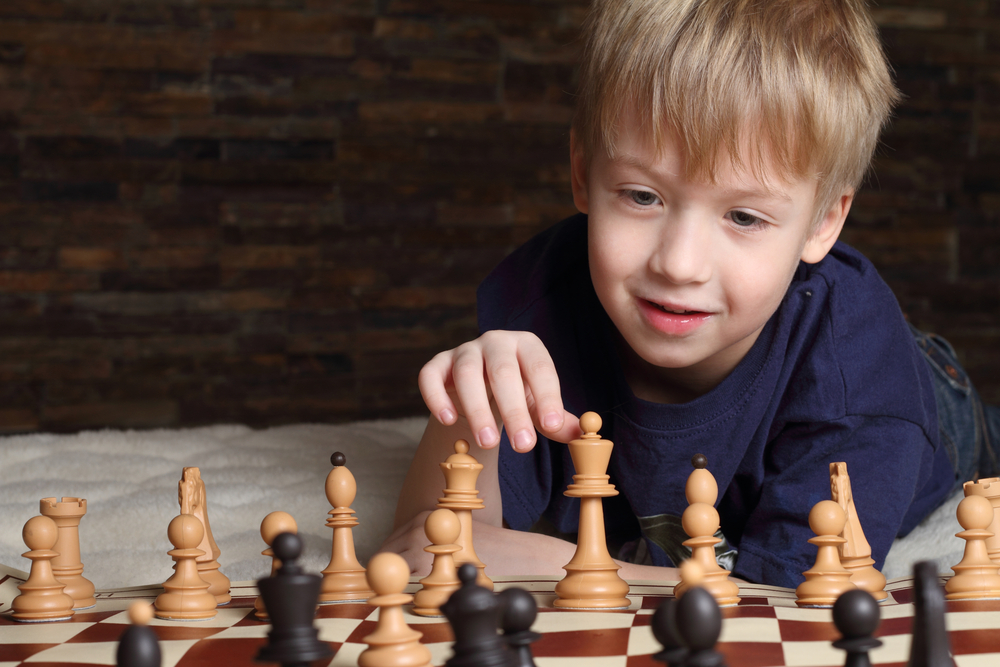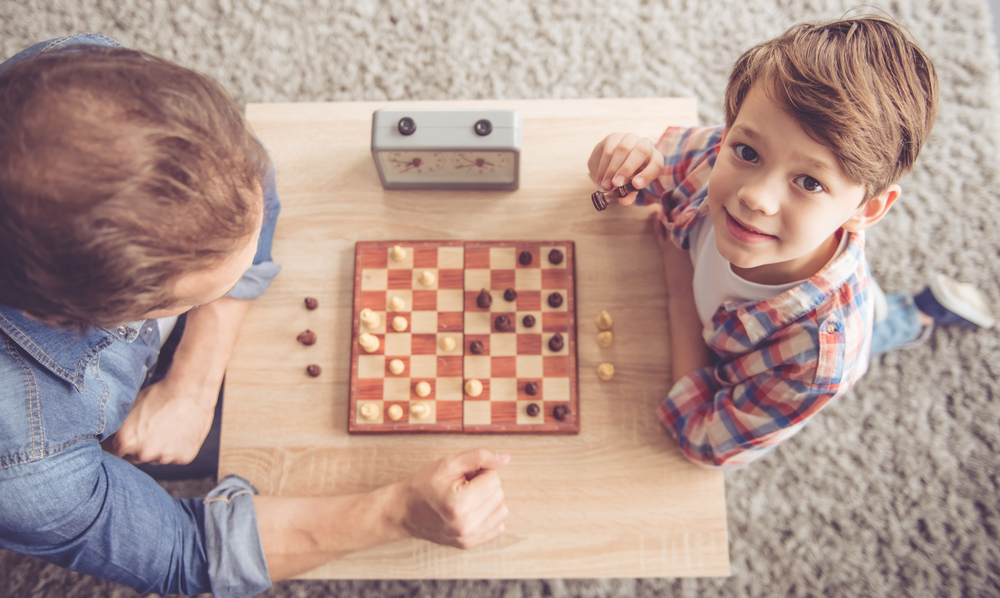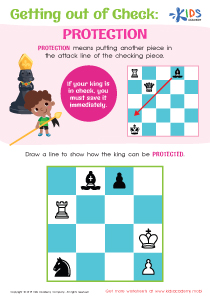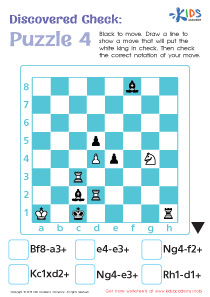Chess rules understanding Chess Worksheets for Ages 6-9
4 filtered results
-
From - To
Discover our engaging Chess Rules Understanding worksheets designed specifically for kids ages 6-9! These resources help young learners grasp the fundamental rules of chess in a fun and interactive way. Covering essential skills like piece movements, the objectives of the game, and basic strategies, our worksheets promote critical thinking and problem-solving. Each activity encourages children to apply their knowledge through puzzles and exercises, ensuring they enjoy the learning process. Perfect for aspiring chess champions, our materials equip students with the skills necessary to enjoy and excel at this classic game while fostering a love for strategy and competition. Start learning today!
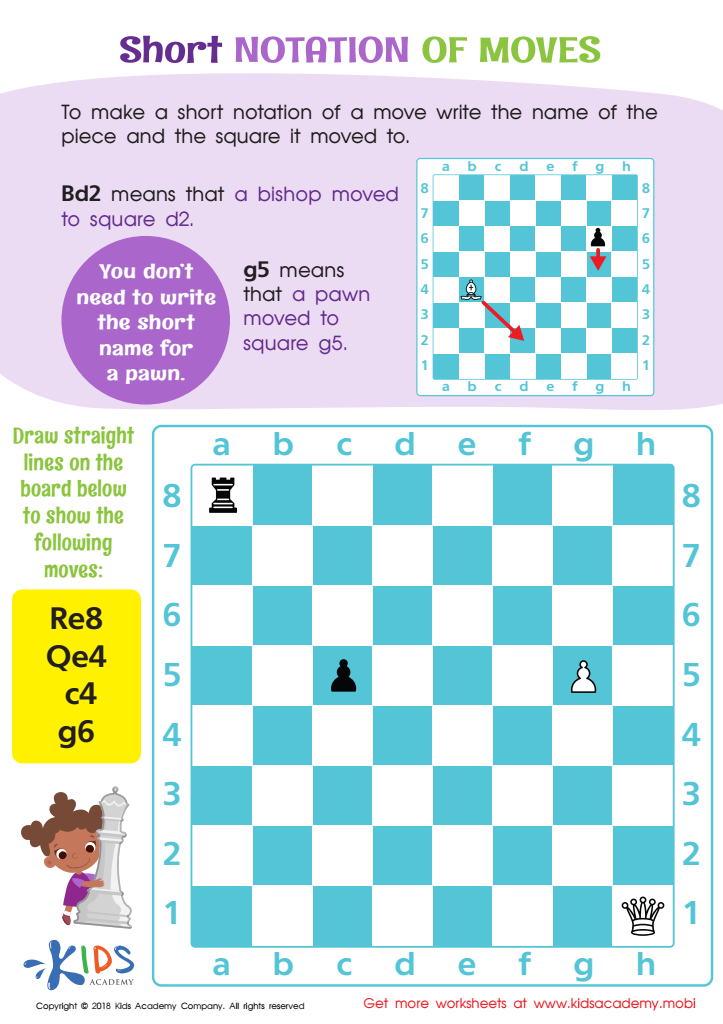

Short Notation of Moves Worksheet
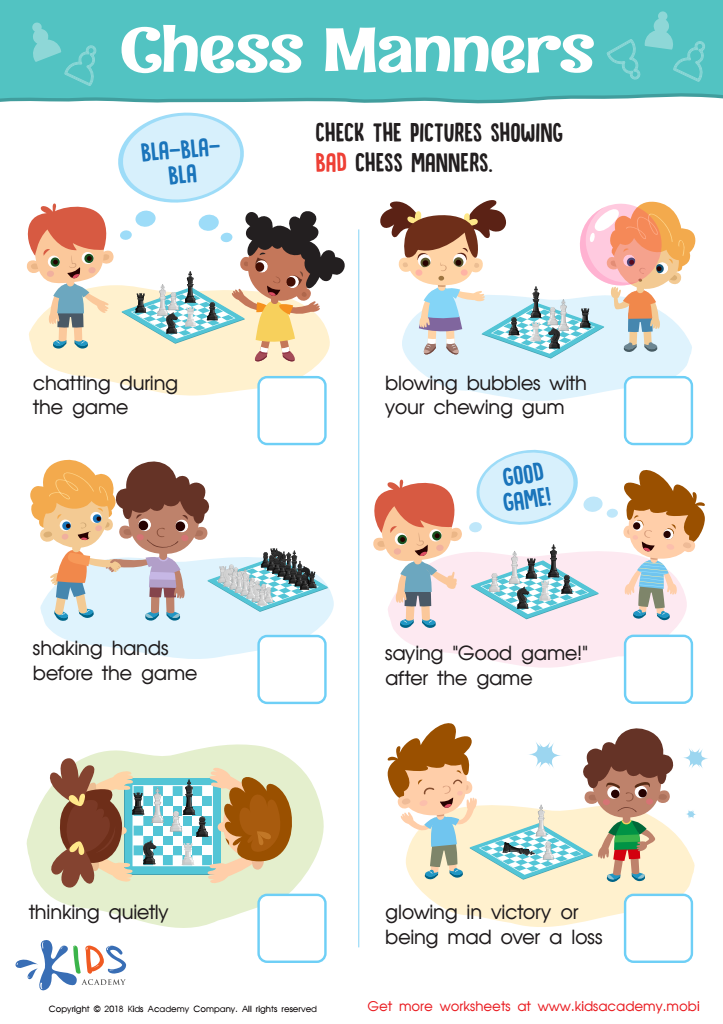

Chess Manners Worksheet
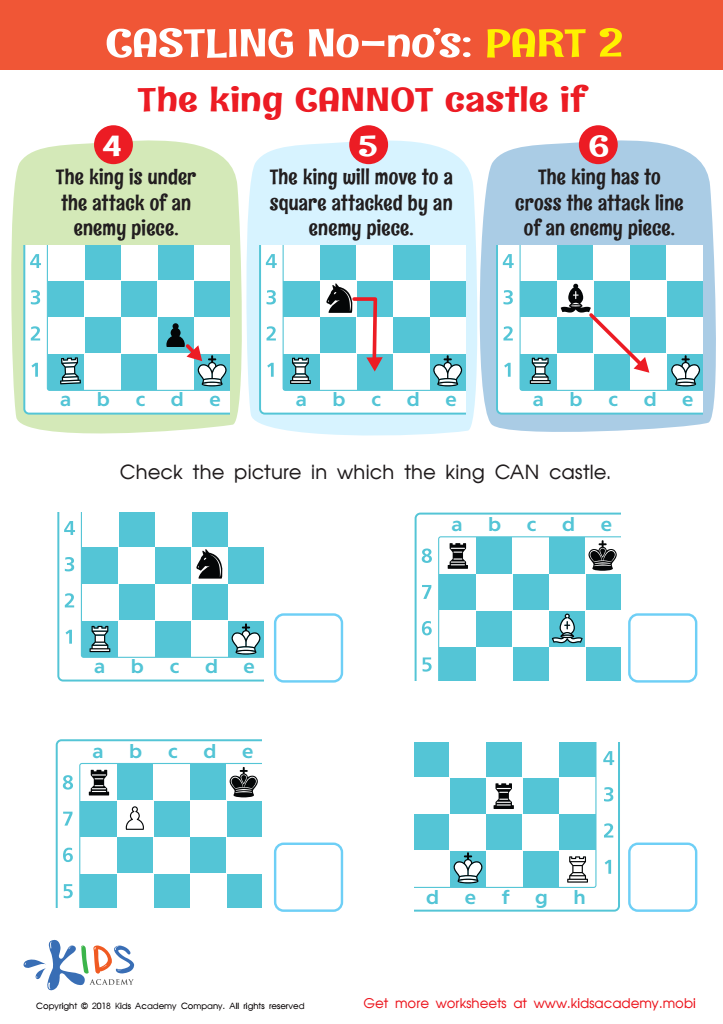

Castling No - no's: Part 2 Worksheet
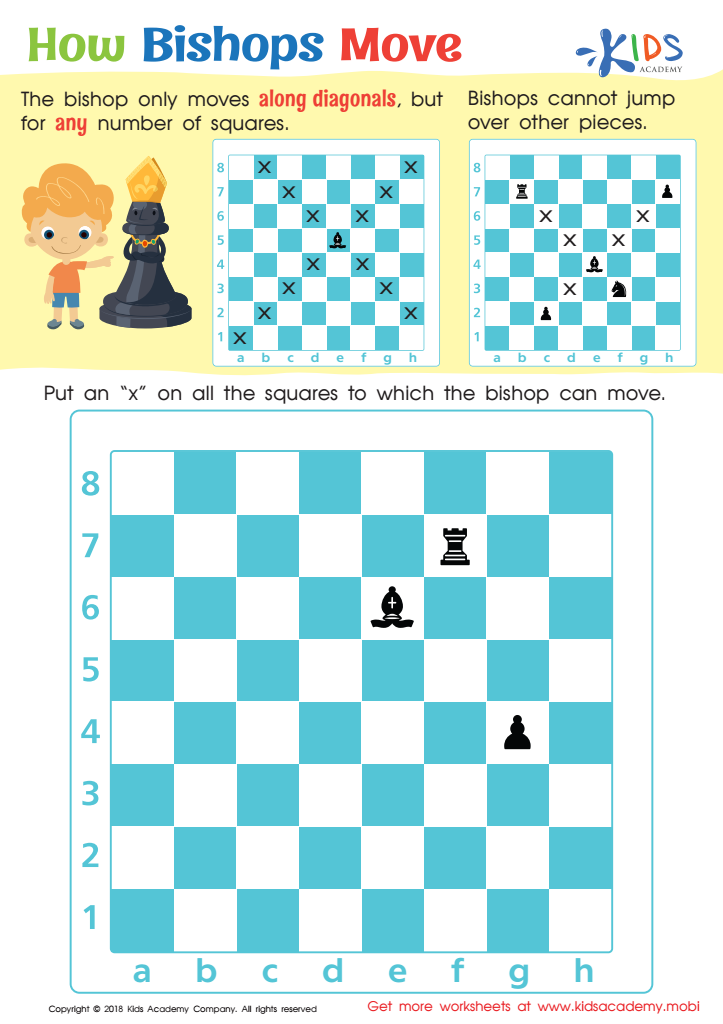

How Bishops Move Worksheet
Understanding chess rules is crucial for both parents and teachers who engage children aged 6-9 in this strategic game for several reasons. Firstly, chess promotes cognitive development, enhancing skills such as critical thinking, problem-solving, and decision-making. By learning the rules, children gain the ability to analyze situations and develop strategies, fostering a mindset that values planning and foresight.
Furthermore, understanding the rules instills discipline and patience, encouraging children to respect the game and their opponents. This foundational knowledge nurtures sportsmanship, teaching them how to win graciously and lose with dignity. As they become proficient, children also develop a sense of achievement and confidence, which can be beneficial in other areas of their lives.
For parents and teachers, facilitating a child’s familiarity with chess rules creates an engaging environment for learning. It enhances socialization, promoting interaction among peers in a positive, competitive context. Moreover, incorporating chess into educational settings can bridge learning gaps in math and logic, providing a multifaceted approach to skill development.
Investing time in understanding chess rules ultimately enriches children's lives, encouraging them to embrace challenges and develop a growth mindset through gameplay. This foundational skill supports their overall academic and personal development.

 Assign to My Students
Assign to My Students


